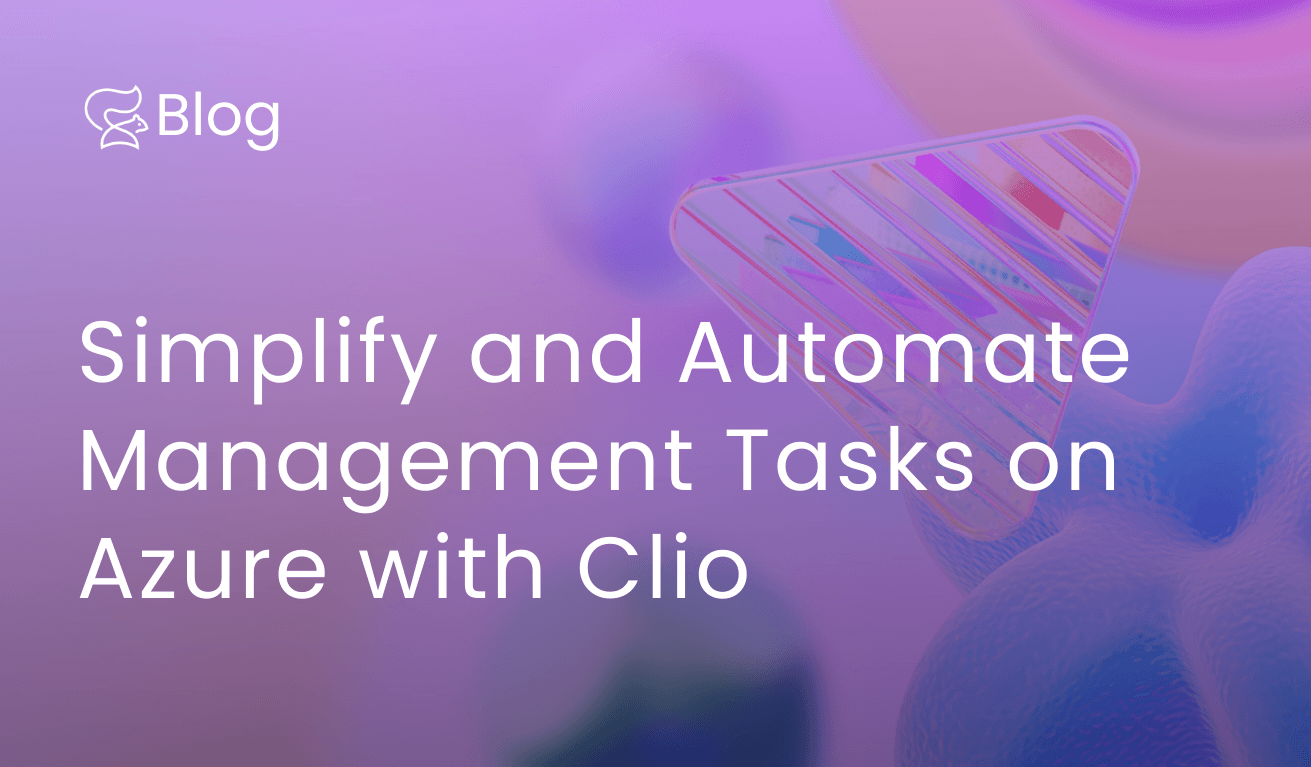

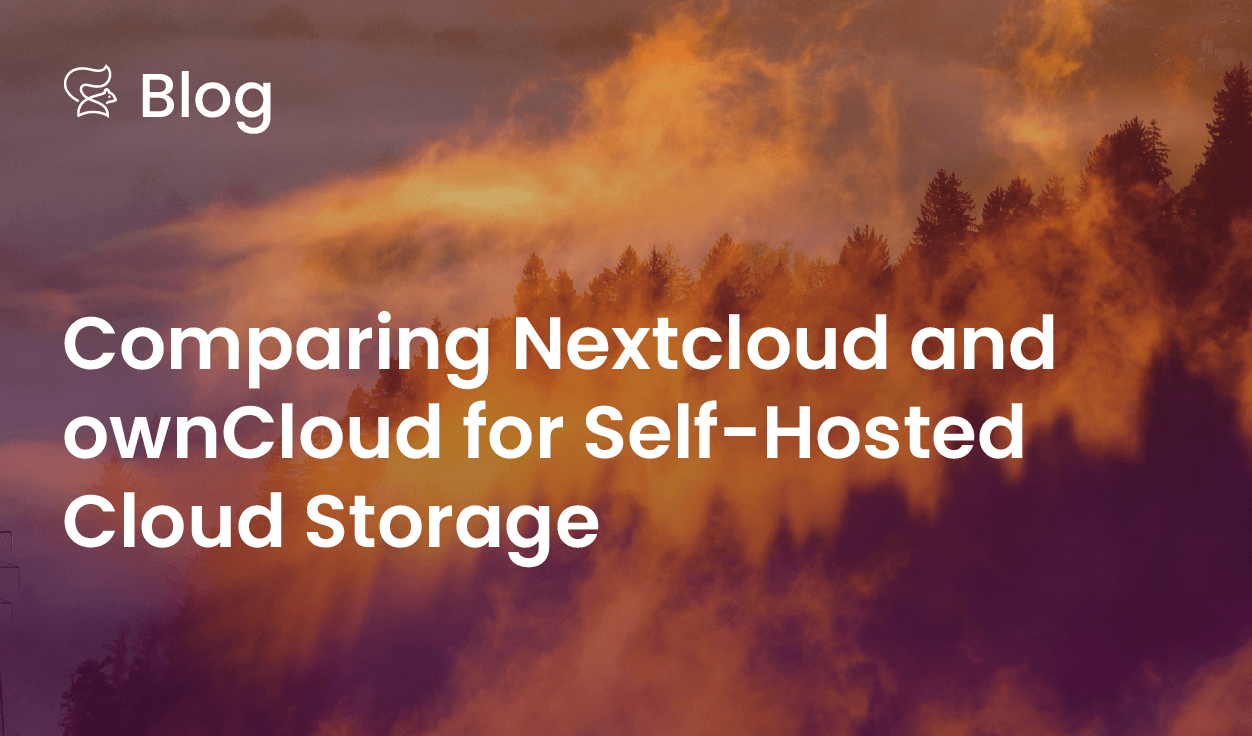
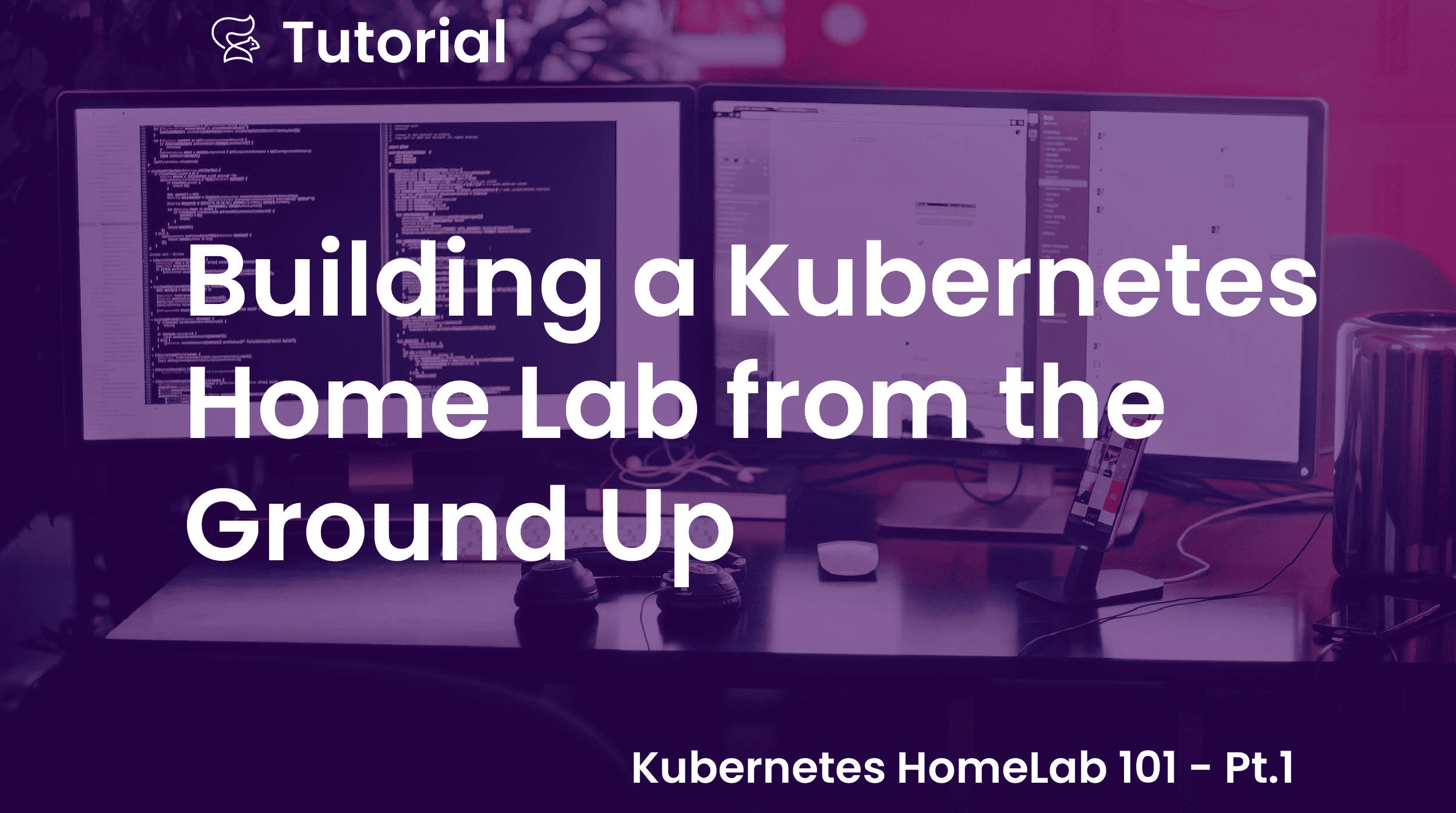
Building a Kubernetes Home Lab from the Ground Up
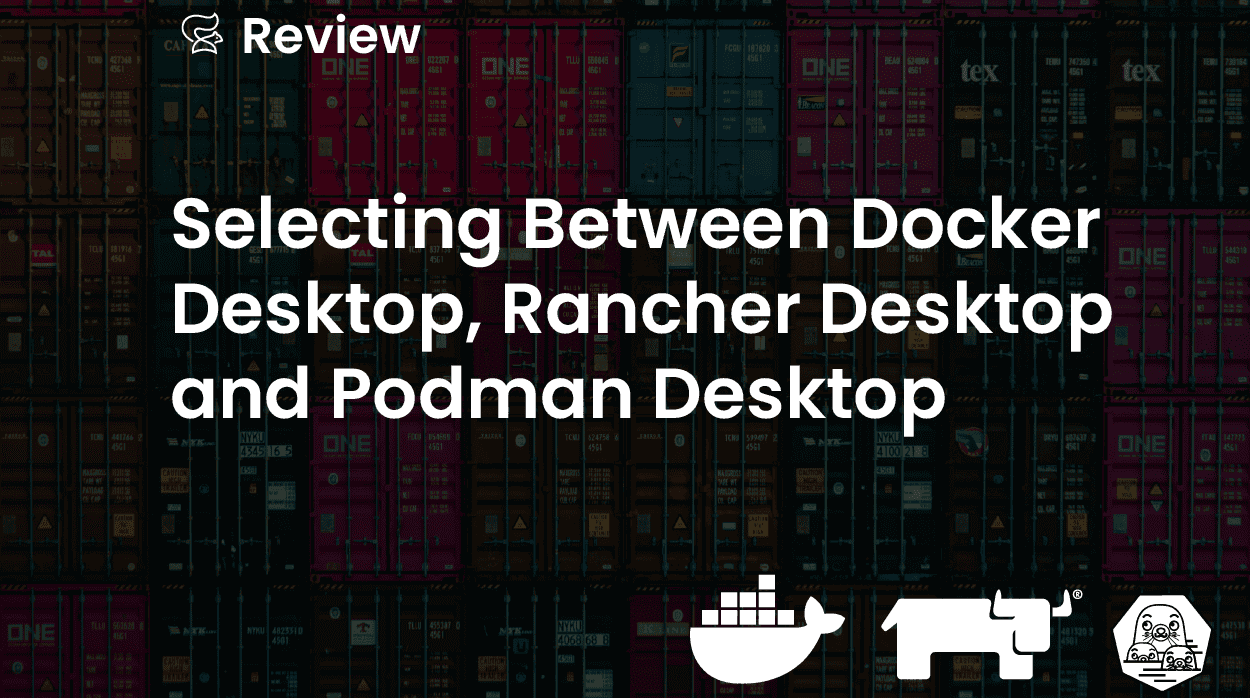
Selecting Between Docker Desktop, Rancher Desktop and Podman Desktop
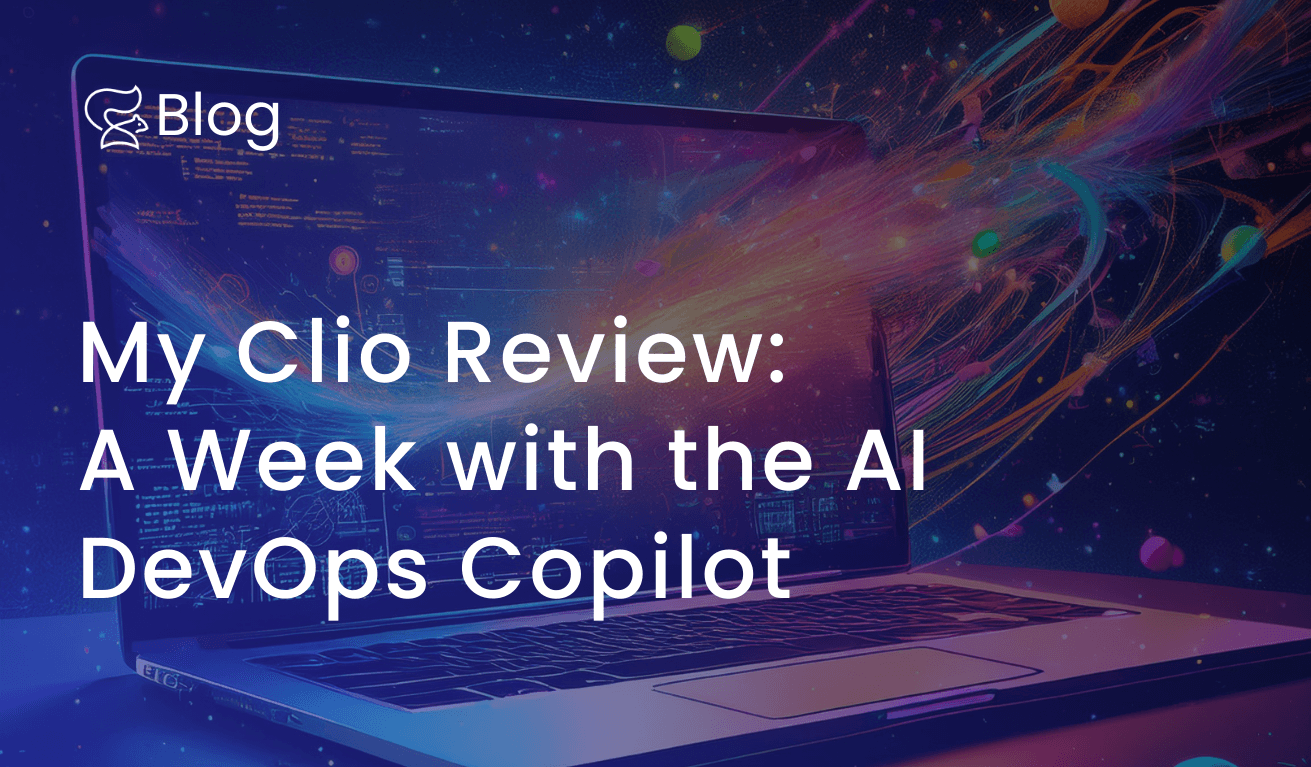
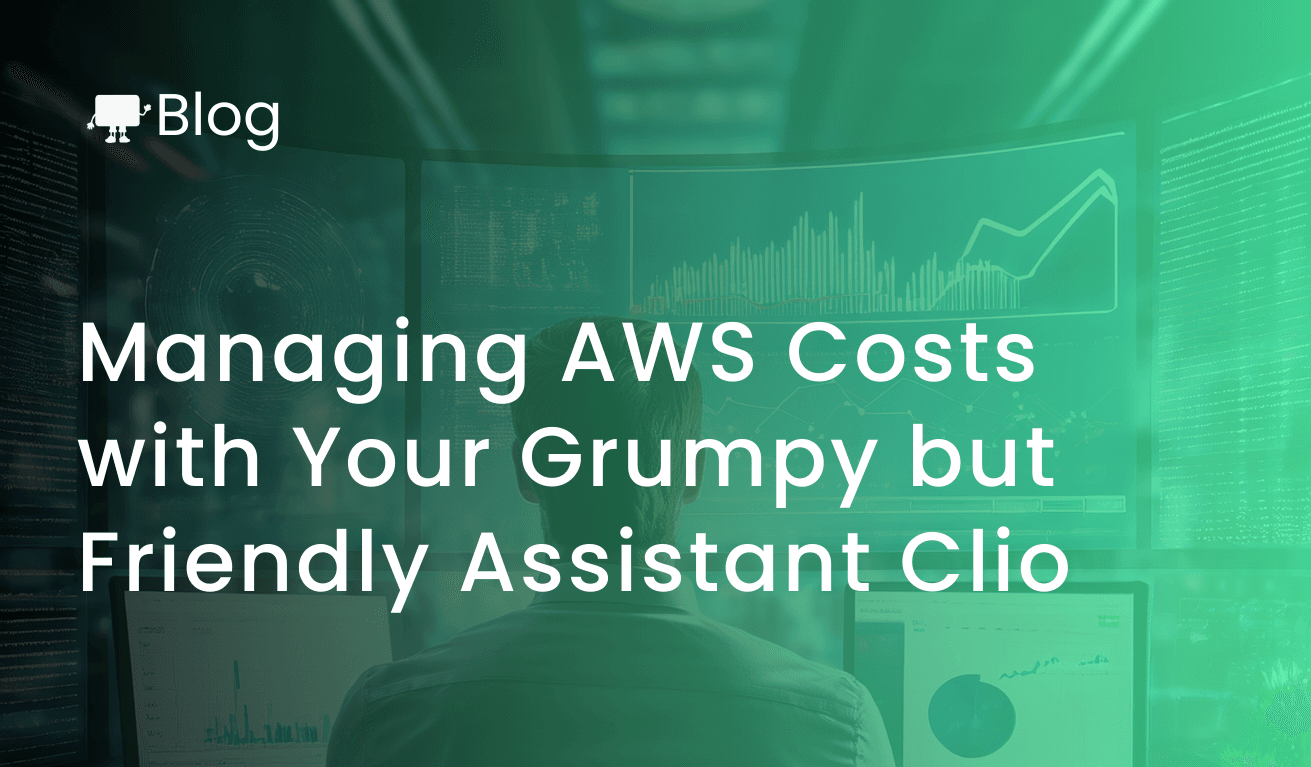
Explore the capabilities of using Clio to analyze AWS spending: set budgets, optimize configs, monitor trends & more to enhance control over cloud expenses.
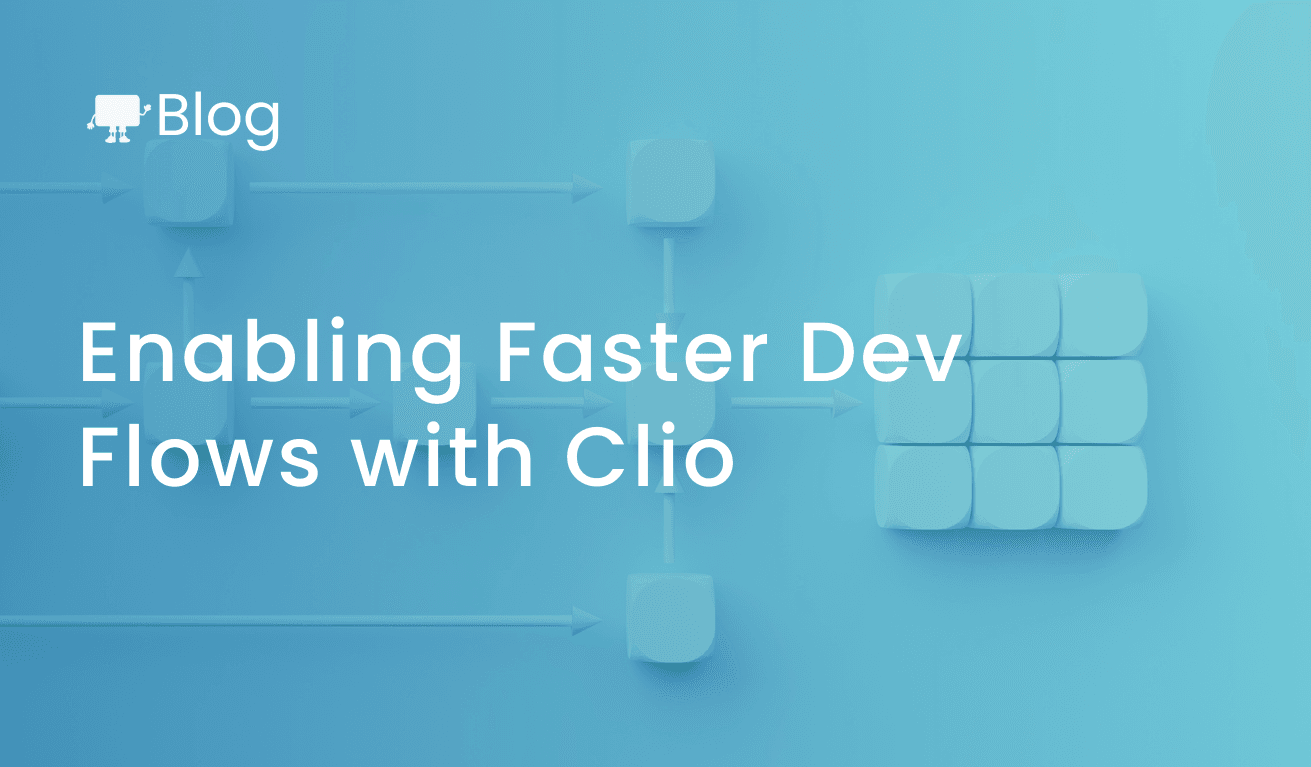
In this post, we examine how Clio can simplify tasks like code refactoring and issue identification to supercharge your development experience!
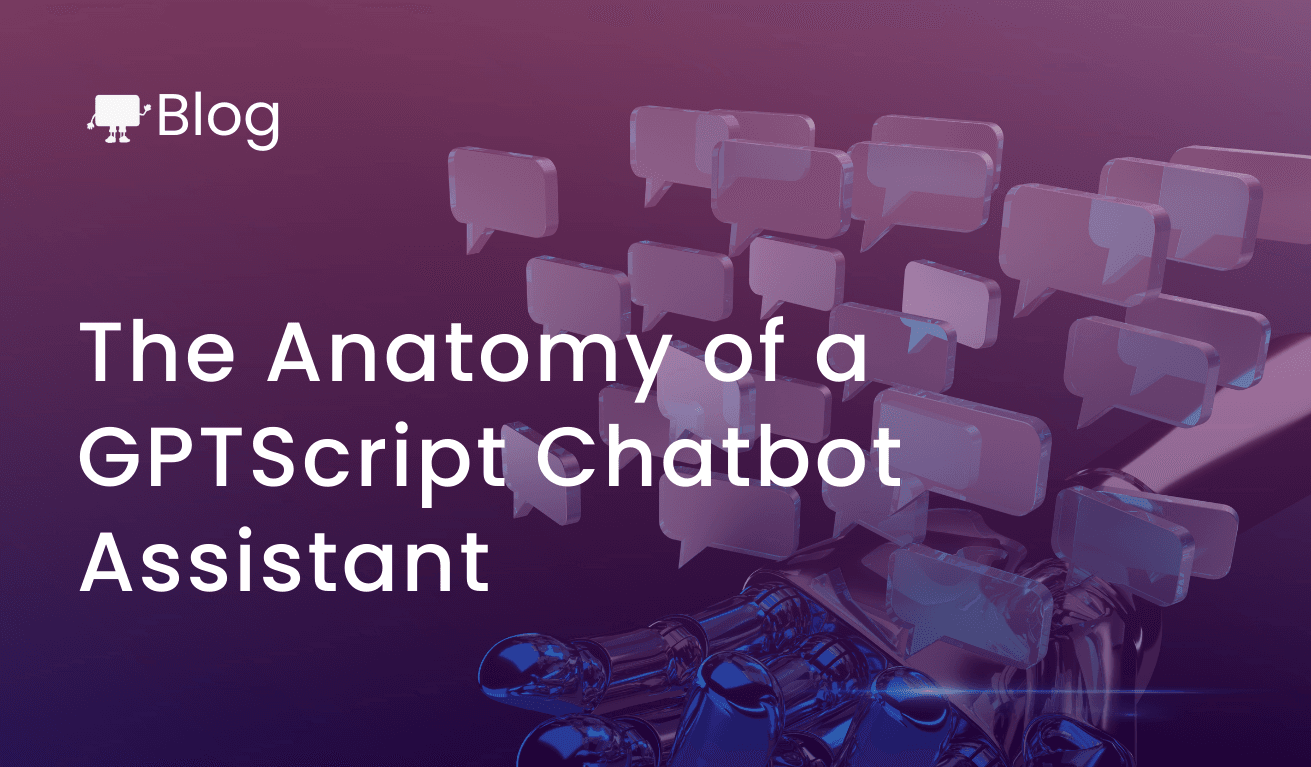
Take a deep dive into the building blocks of GPTScript and see how to easily build AI powered chatbot assistants.